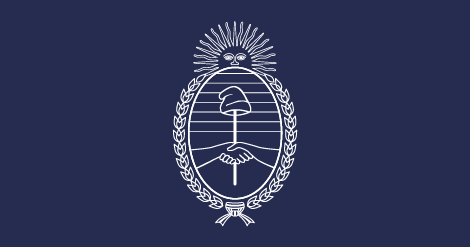Mysticete
Well-known member

I would agree. If you are going to go to Northwest Ecuador, you almost have to go those places if you want the full experience. I mean, there is a reason almost every trip report visits those 3 locations not to mention Mashpi. If you just want to stay in a single local with a lot of trails that doesn't require much car travel, there are probably better options. I mean, do you really want to travel all the way there without seeing a Andean Cock of the Rock lek, or an antpitta feeder?Not sure I would recommend that, unless you have a guide with a vehicle some days. On my first trip to Ecuador, we stayed in Bellavista, Sashatamia and Yellow House, and I don't think there was a day when we did not use the car. One morning visiting Angel Paz at their place; one day with a guide in our rental car to Milpe and Rio Silanche, just to mention two things we did use the car for.
Niels










